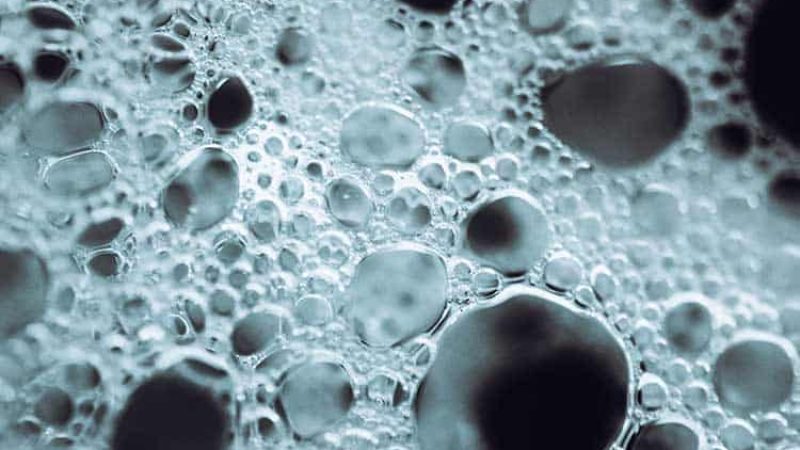With the first Smartwhip online workshop hosted by Chef and brand ambassador Rui Mota successfully completed, we look back at some of the main points discussed on the topic of ‘Molecular Gastronomy: Foams’. Speaking about the virtues of molecular cuisine in relation to foams, Chef Rui Mota shared his culinary expertise on proteins, surfactants and additives during the workshop, and gave attendees a complete breakdown of the science behind culinary foams. Ending the workshop with an application of three different foam types – a cold, hot and solid foam – here’s a rundown of everything you need to know about culinary foams.
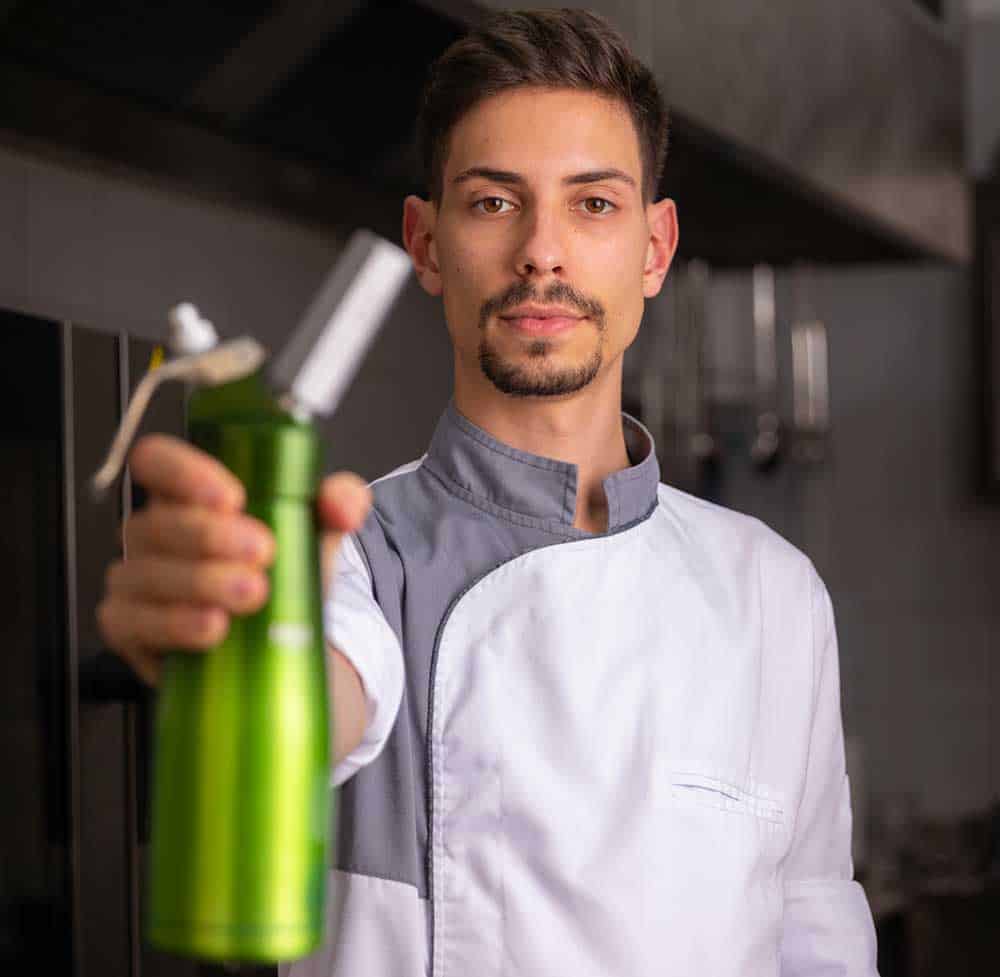
An introduction to molecular gastronomy
Kicking the workshop off with a brief introduction to molecular gastronomy, Rui broke down the basics: “Molecular gastronomy is not only about making foams, spherifications or caveats. Molecular gastronomy is about applying scientific knowledge to cuisine and discovering how we can enhance certain characteristics of a dish through it.”
“If you whip an egg in a metal bowl versus a plastic bowl, you achieve a much more stable eggwhite because the ions of the metal interfere with the protein of the egg white. Or if you add lemon to marinating meat, it will become much more tender because it breaks down the protein chains. Understanding these processes is what molecular gastronomy is all about,” explained workshop host and Chef Rui Mota. And how does this relate to culinary foams, you might wonder?
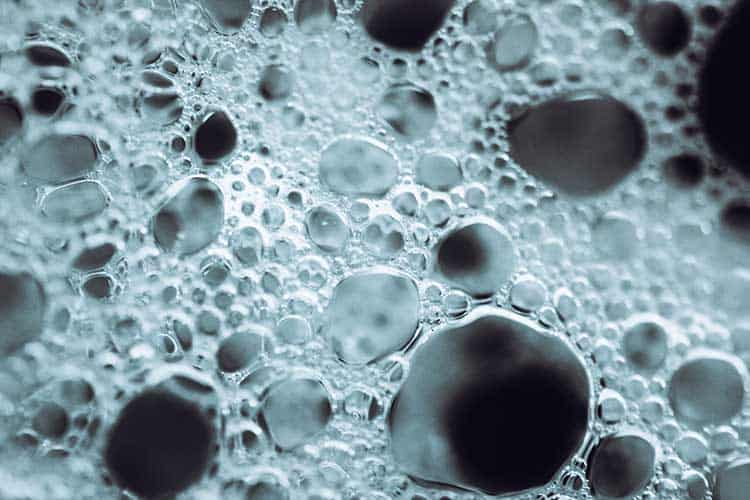
What is a culinary foam?
From a chemist’s perspective, foam is a colloidal suspension of a gas in a liquid, meaning it’s a system made up of air bubbles dispersed in a liquid or solid. Pioneered by El Bulli founder Ferran Adrià, a culinary foam can be made out of basically any food combination as long a protein is present – be it in the form of egg white, albumin, soy lecithin or potato starch – and fat. Meanwhile, the practice of molecular gastronomy focuses on finding a way to stabilise the foam so that it keeps its structure.
Stabilising culinary foams: proteins, additives and surfactants
The workshop continued with a cunning demonstration of molecular gastronomy at play with gelatine. Chef Rui Mota laid out a selection of fruit-infused gelatines – lemon, ginger, pineapple and strawberry jellies were the test subjects – and while some had set, others remained liquid. What made some gelatines remain liquid while others could be tuned topsy-turvy without a drop of spillage? “Enzymes,” explained Rui. He continued, “certain fruits such as pineapple, kiwi and ginger contain an enzyme called bromelain which breaks down the protein chain, and therefore does not allow the gelatin to set.”
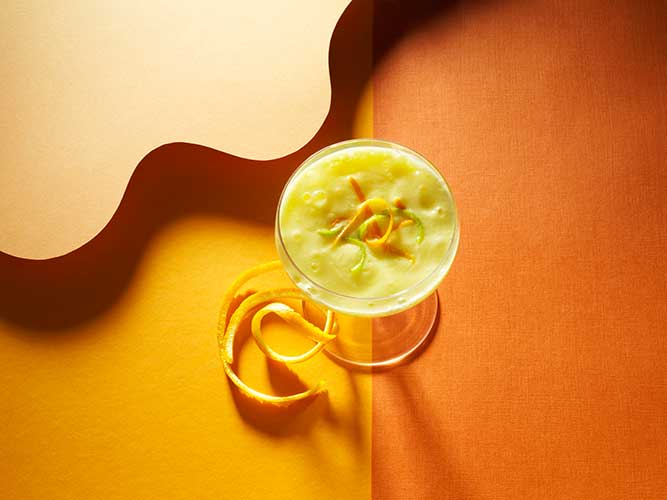
Gelatin is a protein derived from collagen, so when the bromelain enzyme is present, it prevents the gelatin from jellifying. Fruits containing this enzyme are great to add to marinating meats, as they too tenderise meat by breaking down the meat’s protein chains. But to make a pineapple jelly, the bromelain enzyme needs to be killed by boiling the fruit for 1-2 minutes. Using canned pre-boiled fruit is also an option.
The same principle carries over to culinary foams. Adding a protein in the form of gelatin – such as an ordinary gelatin sheet – builds a net of protein around the bubbles and therefore stabilises the foam, in other words, keeps the air bubbles from bursting. And if you use gelatin for a culinary foam in combination with a fruit containing the bromelain enzyme, killing the enzyme first is crucial, otherwise, the foam will not form, and it certainly won’t be stable.
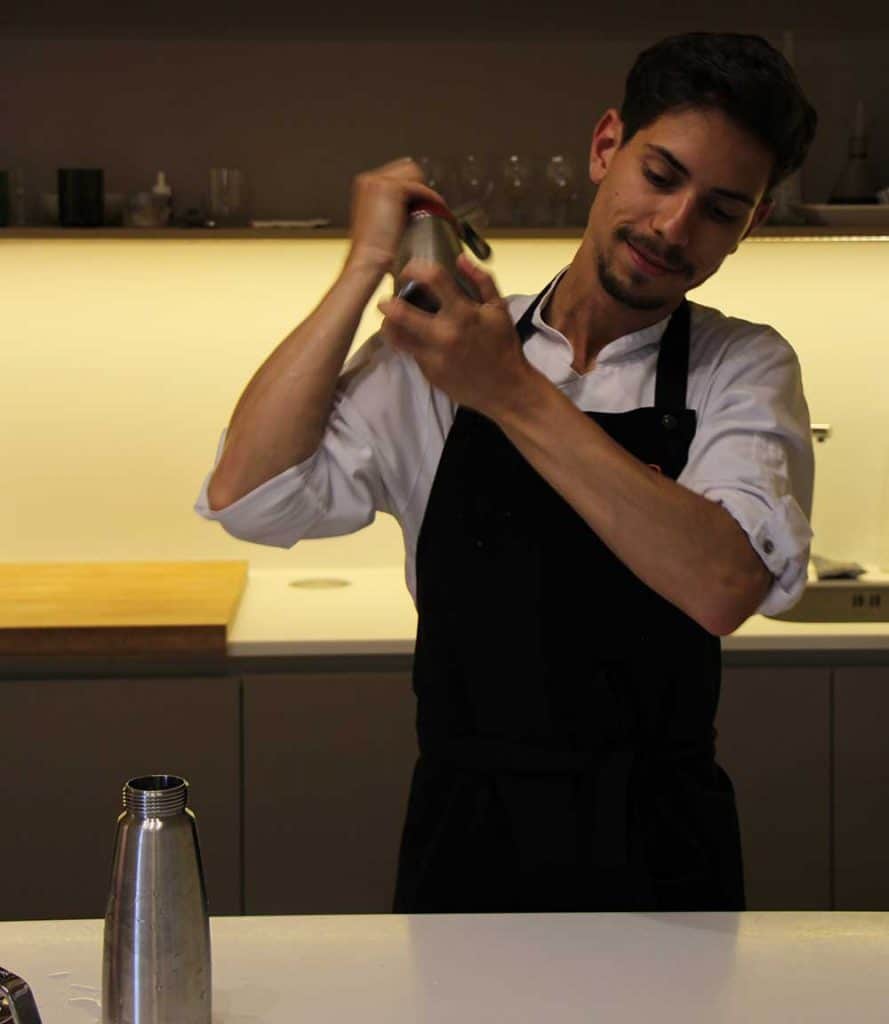
Harnessing molecular gastronomy creatively
The workshop continued with an exhilarating demonstration of how the principles of molecular gastronomy can be exploited to wow customers and add an element of surprise to dishes directly at the table. Bringing out three cups of fresh red cabbage juice, Rui revealed how the drink’s colour could change immediately with the addition of certain additives.
Containing natural pigment molecules known as anthocyanins, adding citric acid to the cabbage juice immediately transformed the drink’s deep purple tint into a fiery red. Adding soda bicarbonate, on the other hand, gave the drink a deep blue hue. “The colour changes are quite evident, and they occurred because of the change in the pH. Anthocyanin is a natural pigment, but it is very sensitive to changes in its pH, which is why it changes colour straight away. Citric acid has a very low pH (it is very acidic), while soda bicarbonate is an alkaline,” explained Rui.
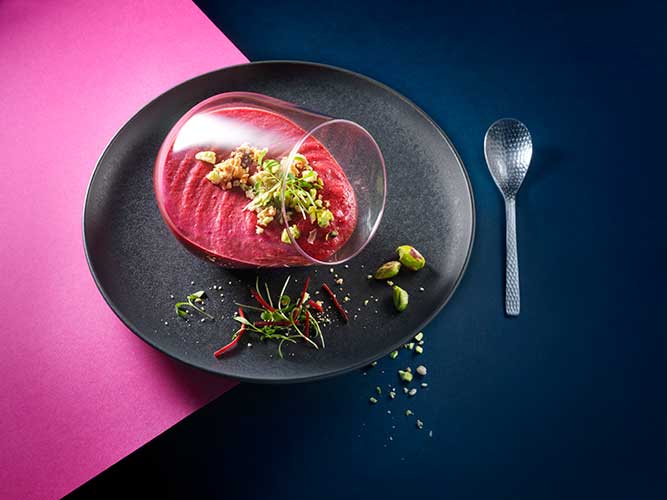
Exploiting these principles allows chefs to give guests a galvanic experience transforming their red cabbage juice into an electric blue potion. “These are all examples of what molecular gastronomy is really about; understanding the chemical components in each food, the physics of that ingredient, and how you can exploit those factors to enhance the characteristics of a dish to deliver a better final product,” commented Rui.
The workshop came to a close with three separate demonstrations of different foam types: a cold, a hot and a solid foam. Creating them from start to finish with all the tips and tricks from the master himself, Chef Rui demonstrated how versatile culinary foams could be using the right tools. Stay tuned for the three foam recipes in our upcoming post!
Have you already taken the revolutionary Smartwhip system on a test drive? Order yours here and explore the world of molecular gastronomy.

